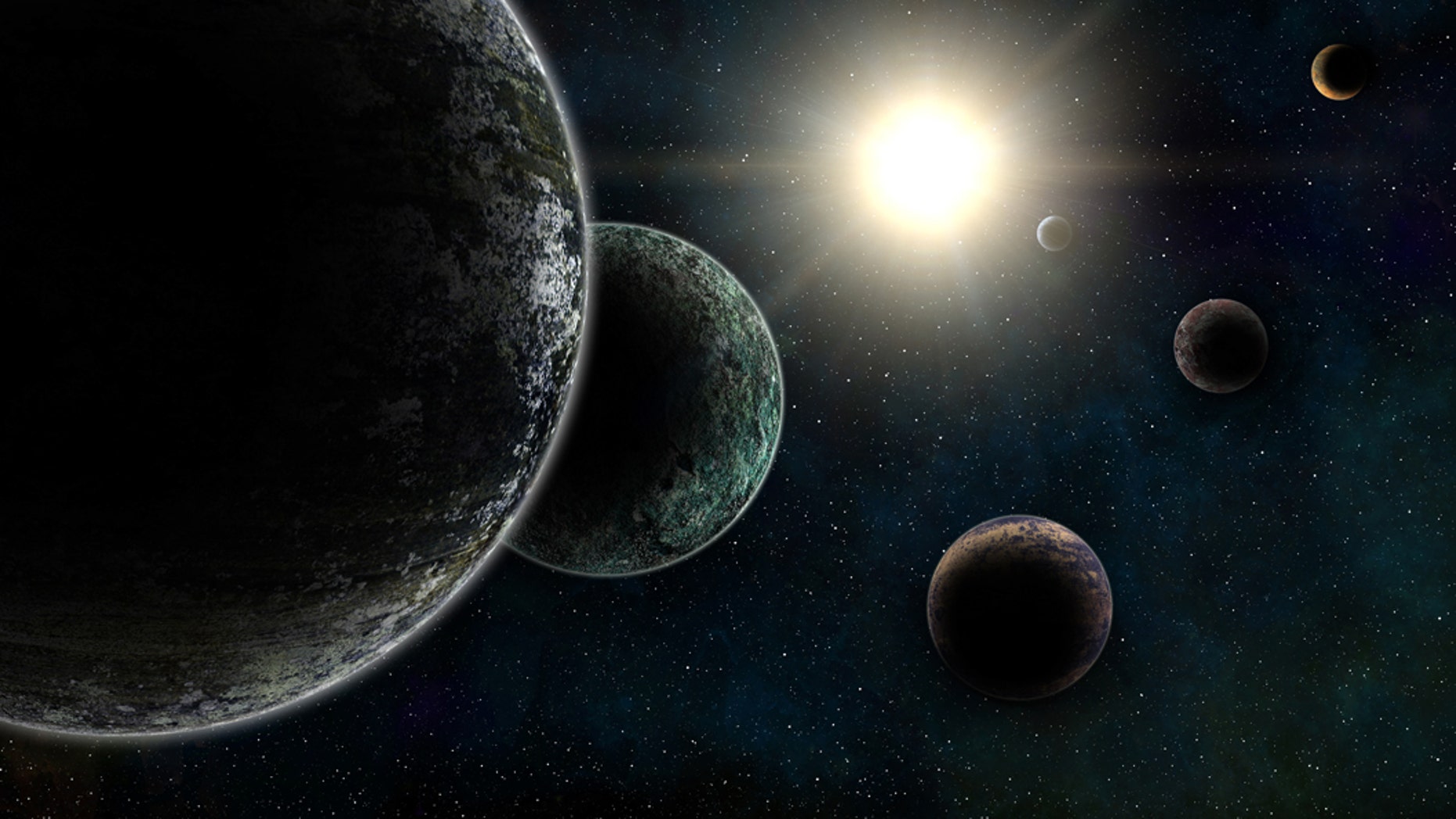
Read also: What can chewed-up exoplanets tell us about exo-geology?īut even if they prove to be too hot for complex life, they are important targets for study because they might teach us more about a truly Earthlike world, once we find one at the right distance from its star. The one nearest to its star might be nearly as hot as Venus, and the other might still have a surface temperature as high as 284☌. Not that this means they are twins of Earth, let alone suggests that they can support life as we know it. “Both are consistent with having a composition consistent with rocks,” Luque says. This means they aren’t water worlds or gas-dominated worlds like those in our own outer solar system. “We found that these planets, despite being slightly larger than the Earth, have a density pretty similar to ours,” he says. Credit: Kemmer et al., 2022.īetter yet, Luque says, combining the TESS data (which gave the diameter of the two planets by the degree to which they blocked their sun’s light) with the wobble data (which revealed their masses), it was possible to calculate their density. That wobble hadn’t been strong enough to alert scientists to the presence of the planets at the time, but combined with the TESS observations, it was a smoking gun. That was interesting enough, but when Luque’s team looked back at prior observations of the same star from telescopes on Earth, they found that its motion appeared to wobble as it was tugged alternately toward and away from us – exactly what would happen if it was being affected by the gravity of orbiting planets. The planets were first observed in late 2021, when NASA’s planet-hunting space telescope TESS (Transiting Exoplanet Survey Satellite) spotted them passing between us and their star, causing its light to dim as they eclipsed a portion of it. Read also: Spotted: a Tatooine-like exoplanet orbiting two stars That’s important because it puts the two new planets close enough to us to make them prime targets for the recently launched James Webb Space Telescope. To put that distance into perspective, 33 light years is so close that if you constructed a scale model of the galaxy, in which the Sun was in Pasadena (site of the meeting) and HD 260655 was in neighbouring Hollywood (18km away), then the centre of our galaxy (the Milky Way) would be somewhere around Nepal. The discovery was announced by Rafael Luque of the University of Chicago and the Institute of Astrophysics of Andalusia, Spain, at a recent meeting of the American Astronomical Society in the US.

The star, HD 260655, is a low-mass M-class star, a type known as a red dwarf, about 33 light years away.


Scientists have found two rocky exoplanets – not much larger than Earth – orbiting a star so close to us that they are practically in our solar system’s backyard. Exoplanets around red dwarfs: Rocky-water worlds hold good potential for life outside Earth.Spinning star hurtling out of the Milky Way.


 0 kommentar(er)
0 kommentar(er)
